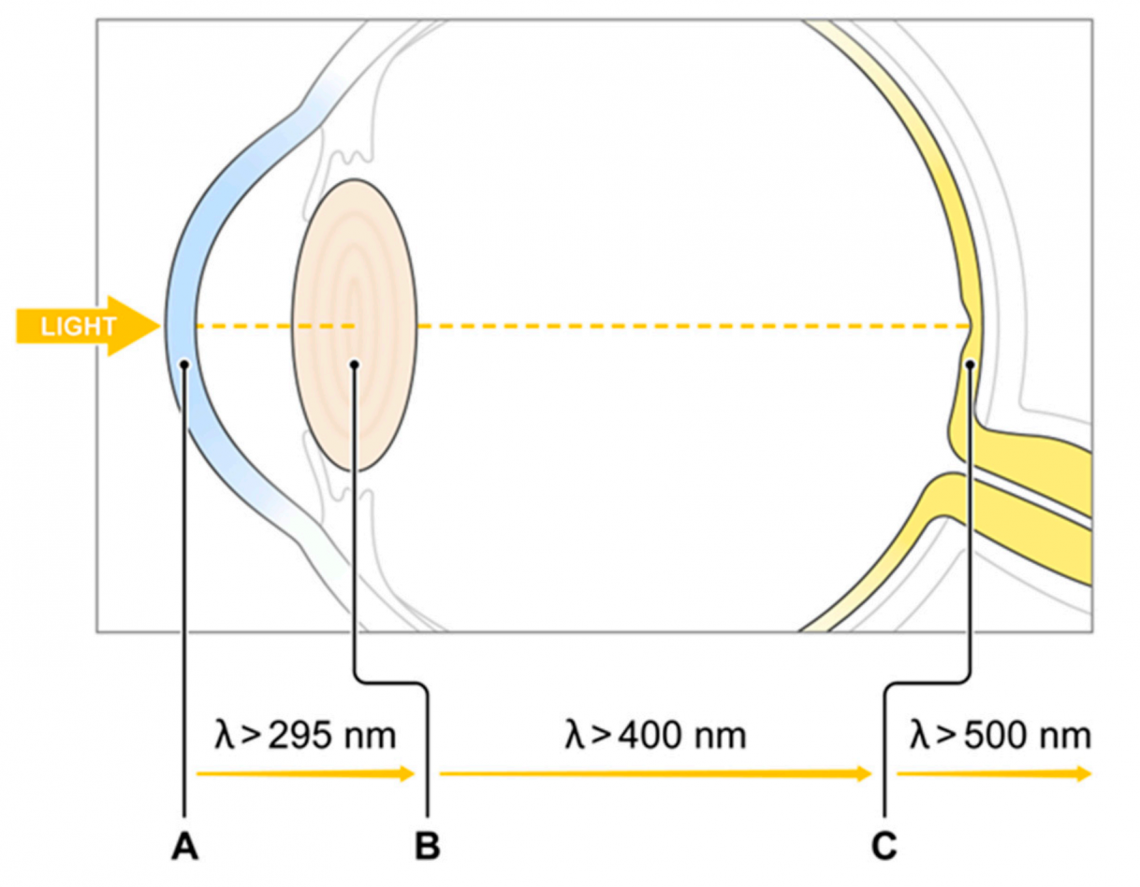
Factors Differentiating the Antioxidant Activity of Macular Xanthophylls in the Human Eye Retina
Justyna Widomska, Wieslaw I Gruszecki, Witold K Subczynski
Macular xanthophylls, which are absorbed from the human diet, accumulate in high concentrations in the human retina, where they efficiently protect against oxidative stress that may lead to retinal damage. In addition, macular xanthophylls are uniquely spatially distributed in the retina. The zeaxanthin concentration (including the lutein metabolite meso-zeaxanthin) is ~9-fold greater than lutein concentration in the central fovea. These numbers do not correlate at all with the dietary intake of xanthophylls, for which there is a dietary zeaxanthin-to-lutein molar ratio of 1:12 to 1:5. The unique spatial distributions of macular xanthophylls—lutein, zeaxanthin, and meso-zeaxanthin—in the retina, which developed during evolution, maximize the protection of the retina provided by these xanthophylls. We will correlate the differences in the spatial distributions of macular xanthophylls with their different antioxidant activities in the retina. Can the major protective function of macular xanthophylls in the retina, namely antioxidant actions, explain their evolutionarily determined, unique spatial distributions? In this review, we will address this question
